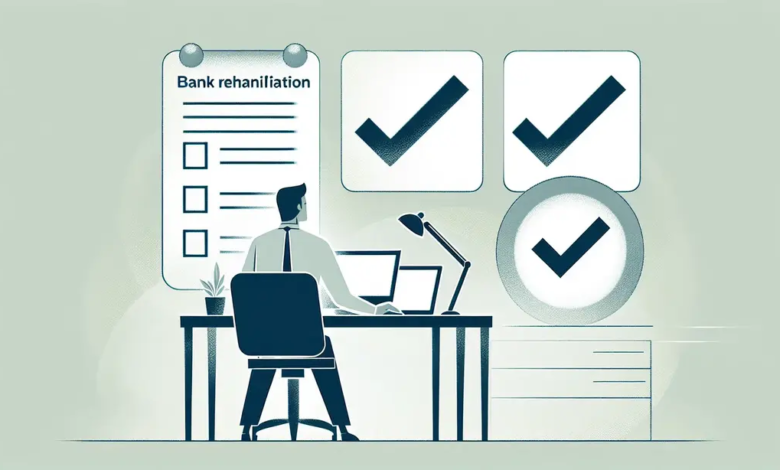Continuous Account Reconciliation: Moving from Periodic Checks

Account reconciliation is crucial for maintaining the financial integrity of an organization. Traditionally, companies perform reconciliation tasks periodically—monthly, quarterly, or annually—based on their specific needs. Is your business still relying on periodic account reconciliation, leaving room for errors and delays? Manual and periodic reconciliations are prone to delays, inaccuracies, and inefficiencies.
In today’s fast-paced business world, staying on top of your finances requires more than just end-of-month checks. Companies need real-time visibility into their financial data to identify discrepancies and resolve them quickly. This is where account reconciliation automation comes into play. Transitioning to continuous automated account reconciliation, where financial data is monitored and matched in real-time, helps companies maintain up-to-date financial records and reduces risks.
In this blog, we’ll cover the shift from manual reconciliation to using automated reconciliation software for real-time financial accuracy and efficiency.
Why Traditional Reconciliation Falls Short
Traditional account reconciliation typically involves manually comparing transactions across various systems, such as ledgers, bank statements, and invoices. This manual approach has several downsides:
Time-Consuming
Periodic reconciliation is time-consuming and delays error detection until month-end. Limited resources can delay resolving discrepancies between ledgers and bank balances to the end of the month.
Risk of Inaccuracies and Delays
The backlog created by manual processes leads to delays in identifying and resolving discrepancies, which can result in financial inaccuracies.|
High Potential for Errors
Human error in manual data entry or during the comparison process can result in inaccurate financial reports, increasing compliance risks.
Lack of Standardization
Different departments often follow varied reconciliation practices, leading to inconsistencies and a lack of uniformity across the organization.
Limited Visibility into Discrepancies
Without a centralized, automated system, it’s challenging to track financial discrepancies, increasing the risk of errors and compliance violations.
For example, cash and bank balances should ideally be reconciled as soon as statements are available, while accounts receivable and payable may follow a payment cycle of 45 days. Automating this process helps speed up reconciliation, reduce errors, and ensure financial data is always accurate.
The Shift to Continuous Monitoring
Continuous account reconciliation involves moving from the periodic matching of financial records to an ongoing, automated process. Instead of waiting until the end of a week or month, transactions are reconciled as they happen, leading to real-time financial transparency.
Automation is key here. AI-powered tools can automatically pull data from different sources like bank statements, invoices, and ledgers and match them based on predefined criteria, such as transaction date and amount. This level of automation not only improves accuracy but also significantly reduces the time spent on manual processes.
Benefits of Continuous Account Reconciliation
1. Improved Efficiency: Automation speeds up the process, allowing teams to focus on resolving discrepancies rather than spending hours manually reviewing data. With reconciliation software, you can process increased data volumes faster, eliminating the need for manual review at the end of the month.
2. Enhanced Accuracy: Continuous monitoring minimizes the risk of human error by automatically identifying and addressing mismatches as they occur. Whether it’s handling cash balances, receivables, or inter-company accounts, automated reconciliation ensures accurate financial records with minimal manual intervention.
3. Better Compliance: Real-time reconciliation helps companies maintain compliance by ensuring that financial records are always accurate and up-to-date, reducing the risk of non-compliance with regulatory requirements. It enforces consistent rules and procedures for transaction matching and exception handling, ensuring your financial data is always audit-ready and compliant with industry regulations.
4. Anomaly Detection: Automated reconciliation systems equipped with AI can detect abnormal patterns in payments or transactions, such as a customer paying outside normal terms or an unusual transaction. This allows organizations to address issues like fraud or cash flow problems before they escalate.
5. Real-Time Visibility and Control
Continuous monitoring provides real-time insights into your financial health. With software for reconciliation, finance teams can track key metrics, view exception reports, and manage open entries more effectively. This level of transparency helps avoid bottlenecks and ensures quicker financial closure.
6. Standardized Processes Across Teams
When using automated reconciliation software, you can establish consistent workflows across departments and locations. This standardization minimizes discrepancies caused by different reconciliation practices within various teams, ensuring a uniform and accurate financial picture for the entire organization.
The Role of Automation in Ongoing Monitoring
Automated account reconciliation software addresses these challenges by using technologies like AI, machine learning (ML), and robotic process automation (RPA). These tools automatically aggregate data from multiple sources and match transactions based on pre-configured rules. Additionally, such systems offer real-time dashboards to track reconciliation progress and highlight discrepancies that need immediate attention.
For example, automated systems can handle anomalies like ledger and bank balance mismatches or incorrect customer payments by flagging them in real-time. This proactive approach helps businesses prevent small issues from becoming larger problems, streamlining the reconciliation process and improving cash flow management.
As businesses scale, the complexities of managing financial records grow, and manual processes become inadequate. By adopting continuous reconciliation through automation, companies can improve efficiency, accuracy, and compliance, while freeing up resources to focus on strategic tasks.
The future of account reconciliation lies in moving away from periodic checks and embracing real-time financial transparency, which is no longer optional and in fact it’s essential for staying competitive and minimizing risk.



